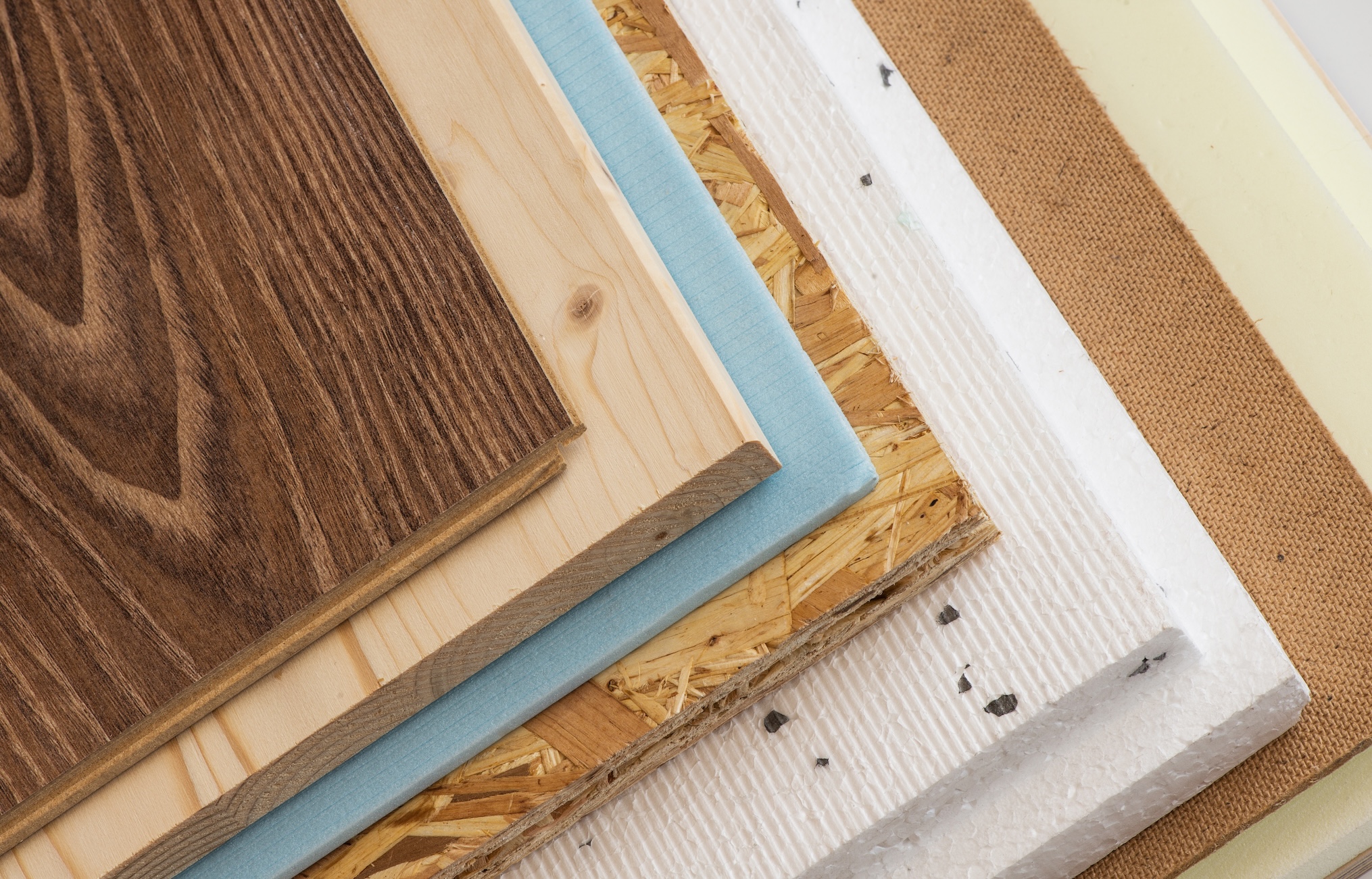Wood is unlike any other building material—and that’s exactly why it belongs in your next spec.
If you’re looking for a material that’s beautiful, versatile, low-impact, biophilic, and scientifically proven to reduce carbon in the atmosphere, wood should be at the top of your list.
That’s not just a nod to its natural good looks or warmth. There’s real chemistry there…literally! The chemical makeup of wood is 50% carbon by dry weight. This is carbon that trees naturally capture from the atmosphere during photosynthesis and store until the wood decomposes or burns.
But it goes even deeper than that.
Wood is infinitely renewable when forests are properly managed. It’s abundant and often locally sourced, meaning it typically doesn’t have to travel far to reach the mill. Turning logs into useful materials takes far less energy than manufacturing steel, aluminum, concrete, glass, or plastic. And wood can be used to make everything from high-end millwork to high-performance composite panels.
And here’s the kicker: when you tally up the carbon stored in wood products versus the carbon emitted during their production, the balance is overwhelmingly in wood’s favor. In most cases, life cycle analyses show that wood products are storing more naturally captured carbon than is released in their production.
This is the foundation of a concept known as Climate Positive design.


What Does “Climate Positive” Mean?
A process or product is considered climate positive when it goes beyond achieving net-zero carbon emissions by removing more carbon from the atmosphere than it emits throughout its lifecycle. It’s the opposite of what most manufacturing does—and it’s a less confusing way to say “carbon negative.”
When you design or specify wood and wood-based materials, you’re tapping into one of the most effective carbon solutions we already have.

Wood is Climate Positive Now¹
Let’s break it down:
🌲 Forests are nature’s perfect carbon scrubbers.
Trees capture CO₂ from the air, release the oxygen back into the atmosphere, and use the carbon to build their woody structure. Every year, U.S. forests absorb around 14% of the country’s total carbon emissions.¹
🪵 Half of wood’s chemical makeup is stored carbon.
That carbon doesn’t go anywhere until the wood decomposes or burns. In cabinetry, flooring, furniture, and wall panels, that carbon can remain sequestered for decades—even centuries.² ³
📏 Wood products store more carbon than is released in their production and use.
The carbon footprint of a single cubic meter of hardwood is about 660 pounds of CO₂, while emitting far less during harvesting and fabrication. Denser hardwoods sequester more carbon than softwoods. So yes—specifying cherry, maple, or walnut means you’re literally locking away more atmospheric carbon.
🌳 Responsibly managed forests are healthier forests.
Selective harvesting of mature trees makes room for younger ones, which absorb CO₂ at faster rates. Thanks to modern forestry, U.S. forests are growing more than they’re being harvested.⁷
♻️ Composite wood starts life as a recycled product.
When sawmills produce lumber, up to half the tree was once considered waste. Today, 99% of that leftover fiber becomes particleboard or MDF. The sliver that’s left? It’s used as biofuel to heat kilns.⁴ ⁵
📦 One sheet of particleboard stores about 40 lbs. of CO₂.
That’s 36% more carbon stored than is emitted in the making and use of that panel. Over a cubic meter, that’s a carbon footprint of negative 1,720 lbs. of CO₂e.⁴ ⁵ That’s not just sustainable—it’s offsetting the emissions of other building materials used in the same projects.
🛡️ Laminates and finishes extend wood’s carbon storage.
The longer wood stays in use, the longer that carbon stays out of the atmosphere. And even in landfills, recent research shows wood decomposes slowly, releasing very little carbon.⁸ ⁹

Rethink What Materials Can Do for the Planet
If you’ve been looking for a meaningful way to reduce embodied carbon in your projects, start with your material selections. The case for wood is compelling—and measurable.
- It’s often local.
- It requires less energy to extract and convert into products.
- It’s versatile.
- And it’s scientifically proven to sequester carbon—long term.
By choosing responsibly sourced wood and wood-based materials, you’re not just building sustainably. You’re actively reducing atmospheric CO₂.
In a world full of carbon-heavy choices, this is one material that gives back more than it takes.
Join the Movement
Make specifying wood part of your climate strategy—and be part of the growing community of professionals designing for a regenerative future.

References
[1] Climate Positive Now: https://www.climatepositivenow.org/
[2] USDA Forest Carbon FAQs: https://www.fs.usda.gov/sites/default/files/Forest-Carbon-FAQs.pdf
[3] Vermont Forest Carbon Overview: https://fpr.vermont.gov/forest/climate-change/forest-carbon
[4,5] CORRIM Life Cycle Assessments: https://corrim.org/wp-content/uploads/2018/06/MDF-LCA-final-Sept-2013.pdf
[6] National Alliance of Forest Owners: https://nafoalliance.org/issues/working-forests/
[7] ThoughtCo U.S. Forest Facts: http://thoughtco.com/us-forest-facts-on-forestland-1343034
[8,9] Landfill Decomposition Studies: https://comenius.susqu.edu/biol/312/mical97a.pdf, https://www.dpi.nsw.gov.au/forestry/science/forest-carbon/landfill-research



















































